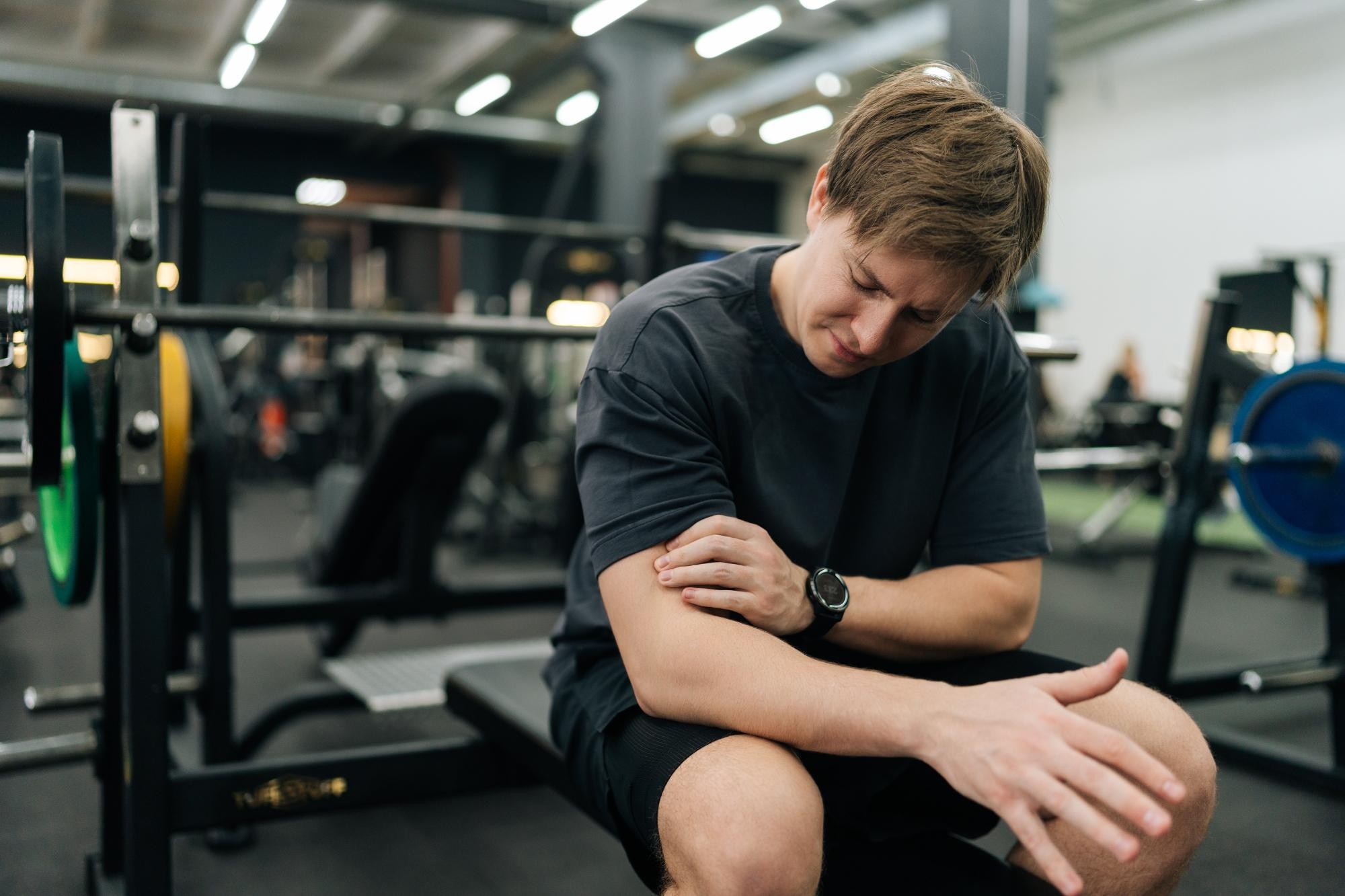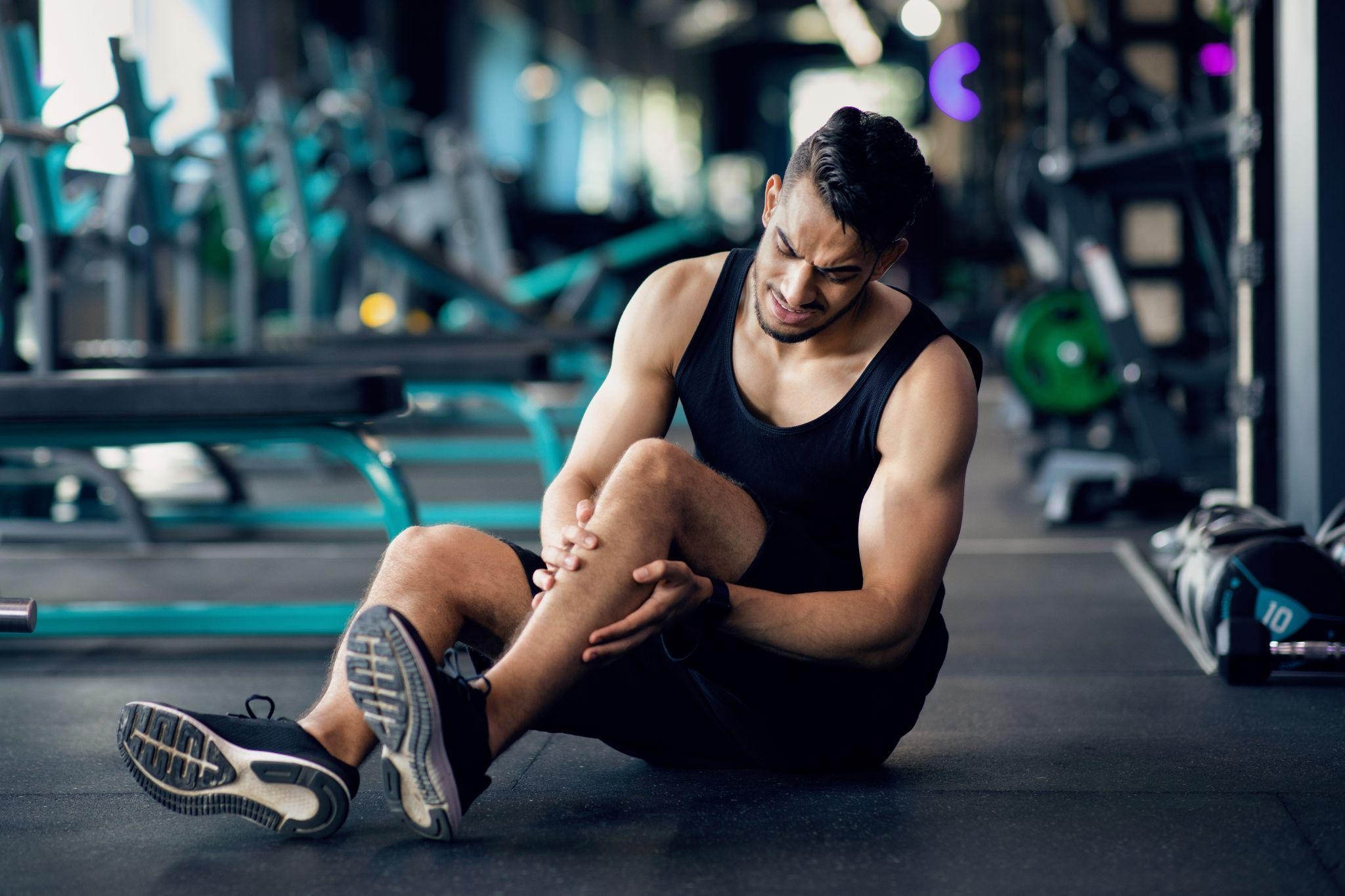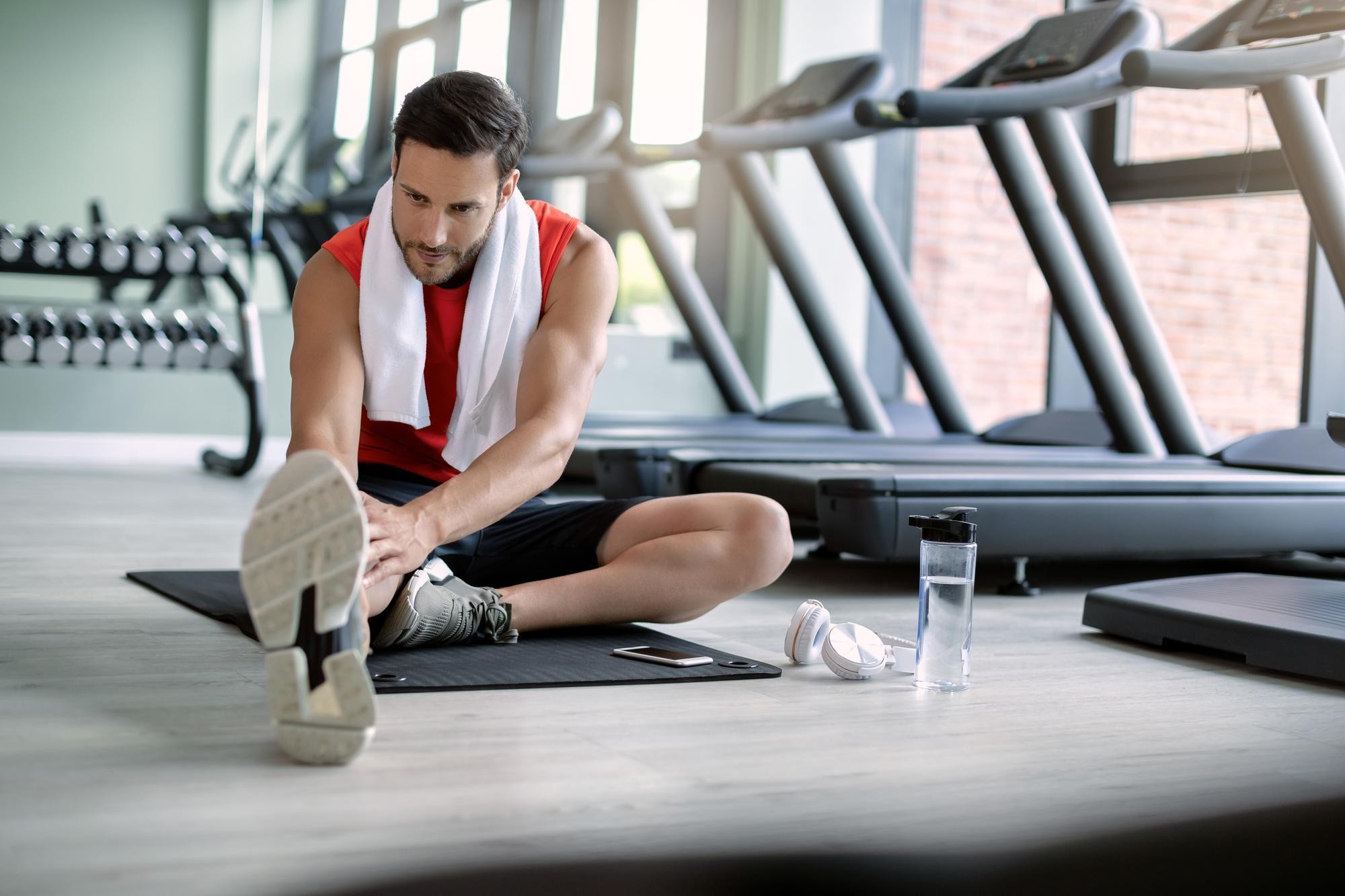Scariest Workout Injuries
Regular exercise is essential for sustaining a healthy lifestyle, with benefits including better cardiovascular health, mood, and strength. However, the goal of fitness does not come without risks. Certain workout injuries while working out or running on a treadmill can be especially serious, resulting in long-term health problems or even fatal illnesses. Understanding these problems and putting prevention measures in place is critical for everyone who wants to exercise safely and effectively.
1. Pectoral Tears
A pectoral tear is the rupture of the pectoralis major muscle, which usually occurs during bench pressing large weights. This injury is frequently caused by losing control of the barbell or attempting to lift beyond one’s physical capacity. Symptoms include abrupt severe chest discomfort, bruising, and a visible deformity.
Prevention: Always use a spotter when lifting big weights, maintain perfect form, and avoid rapid weight increases. Gradual progression and a thorough warm-up are required.
2. Dislocations
Dislocations occur when bones in a joint are moved out of their usual alignment, which commonly affects the shoulders during weight-lifting workouts. This injury is characterised by severe pain, swelling, and immobilisation of the afflicted joint.
Prevention: To avoid dislocations, strengthen the muscles surrounding the joint, maintain appropriate form during workouts, and avoid overloading the joint with too much weight. Furthermore, adding flexibility and stability exercises can improve joint resiliency.
3. Rhabdomyolysis
Rhabdomyolysis is a serious disorder caused by the fast breakdown of muscle tissue, which releases muscle fibres into the bloodstream. This can lead to renal damage and other consequences. High-intensity workouts, particularly when the body is not prepared, might cause this syndrome.
Prevention: To lower your risk, gradually increase your workout intensity, stay hydrated, and pay attention to your body’s signals. Avoid pushing through extreme weariness or pain, and take enough recovery in between high-intensity workouts.
4. Herniated Discs
A herniated disc occurs when the soft centre of a spinal disc pushes through a gap in the sturdier outer casing, which is commonly caused by poor lifting methods or rapid, uncomfortable motions. This might result in discomfort, numbness, or weakness in the arm or leg.
Prevention: Maintain appropriate posture while exercising, especially while lifting heavy objects. Engage core muscles to stabilise the spine, prevent twisting motions while lifting, and add back and abdominal strengthening activities.
5. ACL Tears
The ACL is essential for knee stability. Tears are common during activities that require quick stops, hops, or changes in direction, such as sports or dynamic workouts. The symptoms include a popping feeling, intense pain, and oedema.
Prevention: Include exercises that strengthen the muscles surrounding the knee, improve balance, and increase flexibility. Proper landing methods and avoiding rapid pivots can also help lessen risk.
6. Rotator Cuff Injuries
 The rotator cuff supports the shoulder joint. Repetitive overhead motions or lifting heavy weights without good technique can result in injuries that cause pain and impede shoulder mobility.
The rotator cuff supports the shoulder joint. Repetitive overhead motions or lifting heavy weights without good technique can result in injuries that cause pain and impede shoulder mobility.
Prevention: Strengthen shoulder muscles with specific exercises, minimise overloading, and use good technique during workouts. Rest days and varied workout routines can also help to avoid overuse problems.
7. Achilles Tendon Ruptures
The Achilles tendon joins the calf muscles to the heel bone. Ruptures can develop during rapid accelerations or decelerations, which are prevalent in high-intensity workouts. This damage results in acute pain and difficulties walking.
Prevention: To prevent tendon damage, gradually increase exercise intensity, stretch and strengthen your calf muscles on a regular basis, and wear supportive footwear. Avoid making rapid increases in activity levels.
General Injury Prevention Tips
Warm-Up and Cool-Down: Before exercising, perform dynamic warm-ups and cool down with stretching to prepare muscles and prevent stiffness.
Proper Technique: Learn and practise the right form for all exercises. Consider hiring a professional trainer to ensure accuracy.
Listen to your body: Pay attention to pain and discomfort. Rest or alter exercises as necessary to avoid increasing any injuries.
Stay Hydrated and Nourished: Adequate water and nourishment help muscles perform and recover.
Use Appropriate Equipment: Make sure your training equipment is in good shape and appropriate for your fitness level.
While the benefits of regular exercise are numerous, awareness and proactive prevention of serious workout injuries are critical. Understanding the hazards and implementing safety measures can allow you to have a rewarding and injury-free exercise journey.
How These Injuries Occur
 Poor form and technique: Incorrect form, particularly while weightlifting, causes needless tension on muscles and joints. For example, rounding the back while deadlifting can result in a herniated disc, and poor bench press technique raises the risk of a pectoral rupture.
Poor form and technique: Incorrect form, particularly while weightlifting, causes needless tension on muscles and joints. For example, rounding the back while deadlifting can result in a herniated disc, and poor bench press technique raises the risk of a pectoral rupture.
Overloading Weights: Lifting too much too fast can put muscles and joints beyond their limits, resulting in tendon rips or muscle ruptures. Many injuries, including rotator cuff injury and ACL tears, occur when patients try to lift larger weights without sufficient training.
Ignoring Warm-Ups and Cool-Downs: Starting a hard workout without properly preparing the body can result in muscle stiffness and reduced flexibility, increasing the risk of sprains, strains, and tendon injuries.
Overtraining: It can exhaust muscles and weaken tendons, increasing the risk of ailments such as stress fractures and rhabdomyolysis. Muscles cannot mend and adapt if they are not given enough time to recover.
Improper Use of Gym Equipment: When people use gym machines incorrectly, they often get serious injuries. For example, adjusting the seat of a leg press too low might induce knee strain, whilst poor posture during lat pulldowns can result in shoulder issues.
Stay Safe and Injury-Free at the Gym
Being careful when utilising gym equipment is critical to avoiding injury. To avoid unnatural movements, read and follow machine directions carefully, modifying them to match your physique. To prevent mishaps when heavy lifting, employ a spotter and begin with light weights, gradually increasing resistance to build strength safely. Proper grip and stance contribute to balance, while controlled actions lessen strain on muscles and joints. Stay alert to your surroundings, as gyms can be crowded, and accidents are often due to dropped weights or collisions. A safe and efficient workout program can be achieved by focusing on good technique and listening to your body.

